Four IFA Master’s students respond to the opening for Diego Rivera: Murals for The Museum of Modern Art.

Photograph by Rafael Doniz. Image via The Museum of Modern Art.
I cannot deny that I was surprised by the size of Rivera’s 1931 murals, which in my head were always bigger than what MoMA’s second-floor galleries could hold. I was particularly drawn to the studies of the murals that he created in preparation for his frescoes–the sketchy outlines showing hesitation and correction, displaying the painstaking steps involved in working in such a sensitive medium. Despite the gesture of the preparatory drawings and the delicacy of the watercolors, which I had yet to see in person, one of the installations that I found most intriguing was the exposed verso of one of Rivera’s portable murals, viewed from the front upon entering the gallery. As with the other murals displayed, a temporary wall had been constructed to hold this work and to assimilate it into the wall, so as not to present it as a painting. With this particular mural, however, the rear side of the wall had been incised to reveal the concrete back of the work. Across from this piece, an X-ray of another mural was displayed, showing its inner construction, a structure only subtly visible in the cement surface. The light box display revealed a grid pattern within the material, built around metal rods in the shape of a diamond form, almost suggesting a modern abstraction upon first glance. Despite the massive crowds and attendant jostling, which created an almost hostile environment to any serious contemplation of the works, these two alternative views of Diego’s murals were worth the wait.
Juanita Solano
I never thought I was going to be able to go to an opening at MoMA; much less did I think that if the opportunity appeared, it would be an exhibition of a Latin American artist. I have been thrilled to find that in New York I have been able to look at more Latin American art than I had access to in my native country of Colombia. The enormous amount of people that attended the opening was striking, and it made me feel proud of the work that we as “Latin Americanists” are doing. The dissemination and increasing interest for art made in Latin America is evidenced not only by the Rivera exhibition at MoMA, but also by the many events that have taken place during the past weeks: SLAC colloquia, a seminar about Agustin Fernandez’s work, the recent Latin American auction at Christie’s, and the Pinta art fair. Regarding the exhibition of Diego Rivera’s concrete murals, I was surprise to find that, even though it was not as big as I had imagined, the show successfully displayed the work of the artist by relating his murals to many other facets of his practice. It was incredibly interesting to see an exhibition that considers Rivera’s work outside the context of Mexico, instead placing the artist as an observer of the world and in constant dialogue with it. The opportunity to see the huge cartones upon which he did his sketches was also incredibly surprising, because it is in these works that one can actually appreciate Rivera’s ability to draw and construct volumes.
Blanca Serrano Ortiz de Solórzano
The opening of the Diego Rivera show at MoMA, which reconstructs the artist’s show at the museum in 1931, was an obstacle course. I had to cross through a crowd of cool, sophisticated people dressed in black, gulp down two margaritas to gain some strength, avoid tripping over a band of Caribbean musicians (wasn’t it a show of Mexican art?), and wait in line for hours with the help of a handful of nachos that I had sneaked inside my purse. All of this while tucking in my belly because of the size of my dress. But I finally got the chance to see the art, and once I was there I was delighted. The portable murals and preparatory drawings by Rivera are gorgeous, and the story of how Rivera had to adapt his iconography to the taste of the American viewers is simply fascinating. The interpretations of MoMA’s commission, the reflections on the nature of murals, and the analysis of the critical reception of Mexican art in 1930s America are also brilliant. In case you have not read it yet, I highly recommend Anna Indych-López’s book Muralism Without Walls, as well as the catalogue of the exhibition written by Indych-López and the curator of the show, Leah Dickerman. Nonetheless, it is worth noting, in case you are too lazy (or too miserly) to buy the catalogue, that the exhibition website is magnificent. It has a complete chronology of the life of the artist with highlights on the characters that played a major role during his years in the U.S., features a great map of Rivera’s New York City, and includes explanatory videos of the fresco technique, among other devices – and the Spanish version is coming soon!
Natalie Bunnell
In the interest of full disclosure, I would like to share both the highs and lows of my experience at the recent preview opening for Diego Rivera: Murals for The Museum of Modern Art. Eternal pessimist that I am, let’s start with the low points. First, there were simply too many people. It was almost impossible to actually approach the artworks without bumping into several strangers and/or having a panic attack. Second, that “table-o-nachos” was suspicious to say the least. Blanca, what were you thinking eating those things? Nonetheless, I fought through the crowds, steered clear of those nachos, and tried my best to take in the exhibition. Which brings me to the high points–mainly, the art. Upon entering the exhibition galleries, I whizzed past the actual frescoes, which I must confess I found underwhelming, and went straight to the cartones, or sketches. For me, the cartones are the true gems of the exhibition. Not only do they possess tremendous emotive power as stand-alone masterworks, but these sketches also reveal Rivera’s process, literally showing us the path of his hand as he constructed line, volume, and motion. In the cartón for Pneumatic Drilling (1931-32) especially, we see a wonderfully honest dialogue between hesitation and certainty, soft charcoal smudges and authoritative, crisp lines, all functioning together to create a sense of authentic gesture.
While Juanita has been impressed by the focus on Latin American art and artists throughout New York City during these past few weeks, I was in fact surprised to see that MoMA treats Rivera as an international figure, rather than emphasizing his “South of the Border” status. From what I could see through the mad throngs of people, this exhibition takes the cosmopolitan, international character of Rivera’s career as its conceptual starting point. Both the physical gallery space and the over-arching narrative of the exhibition aim to triangulate Rivera amidst three major locations: Mexico, the United States (specifically Manhattan), and the former Soviet Union. With the aid of some truly fascinating, stunningly beautiful watercolor sketchbooks, as well as various ephemera, MoMA tells us the story of Rivera’s travels in New York City and Moscow and illustrates how these travels affected both the artist’s aesthetics and politics. Aside from the obvious presence of pre-Columbian motifs and revolutionary heroes in the mural panels, Rivera’s mexicanidad was relatively downplayed in this exhibition. Instead, we are presented with an international celebrity, who, though Mexican, ran in a very cosmopolitan circle. I commend MoMA for approaching Rivera from this refreshingly transnational perspective. I also commend them for their equally refreshing margaritas.
The exhibition is on view at The Museum of Modern Art until 14 May 2012.

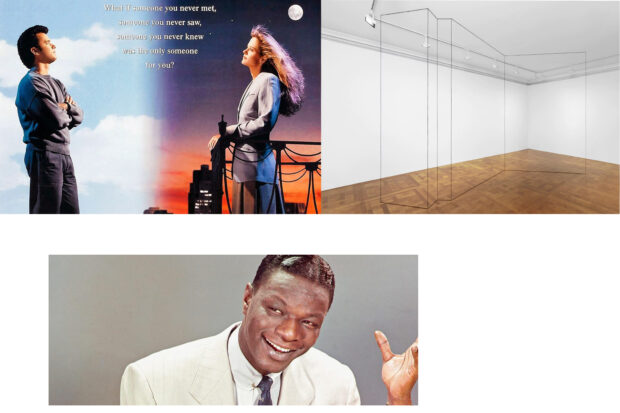
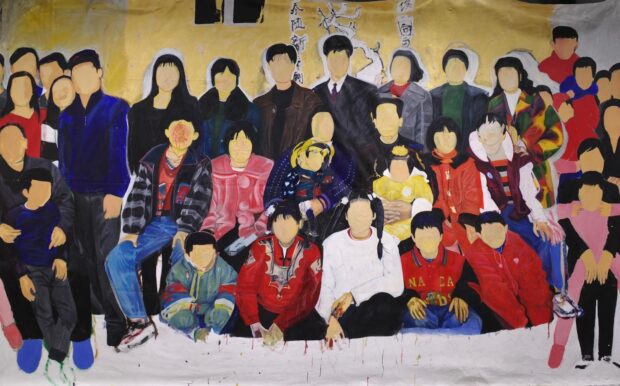
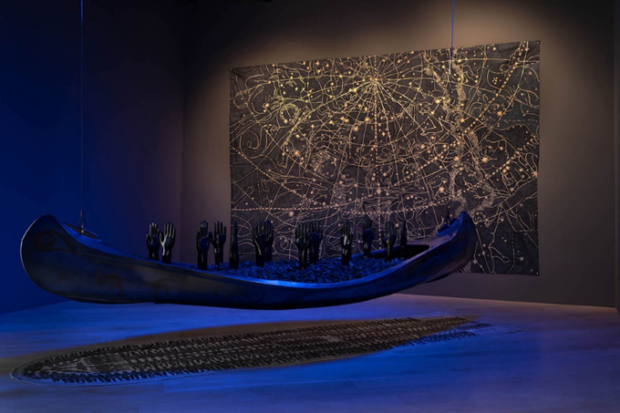
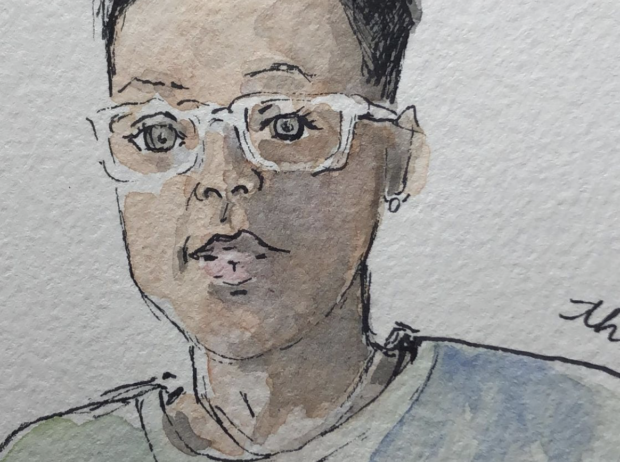
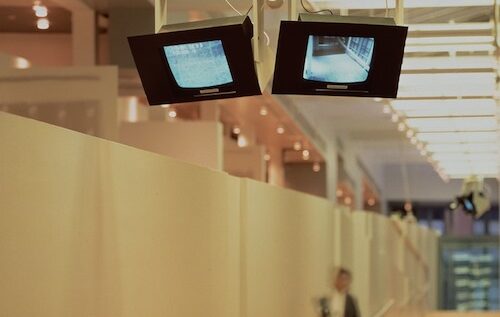
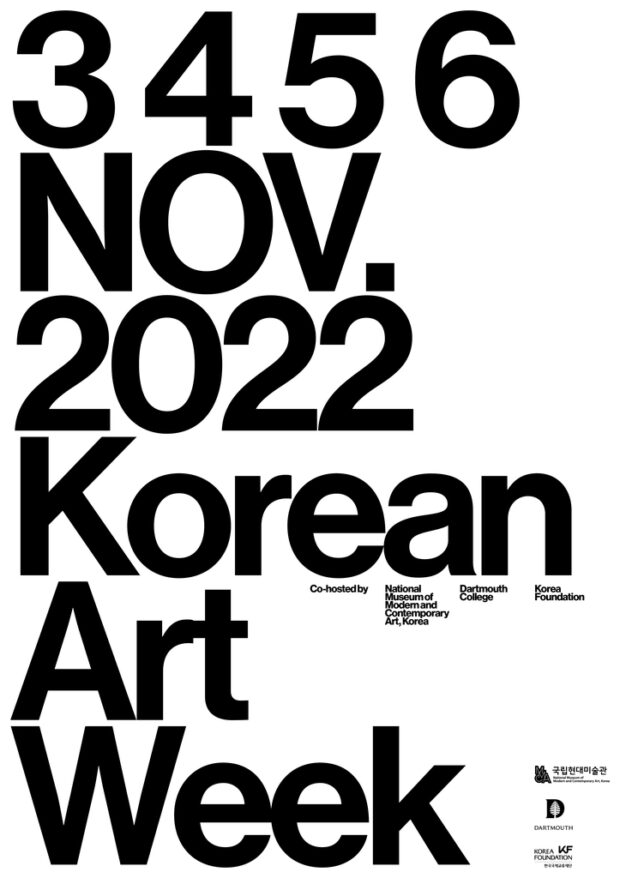

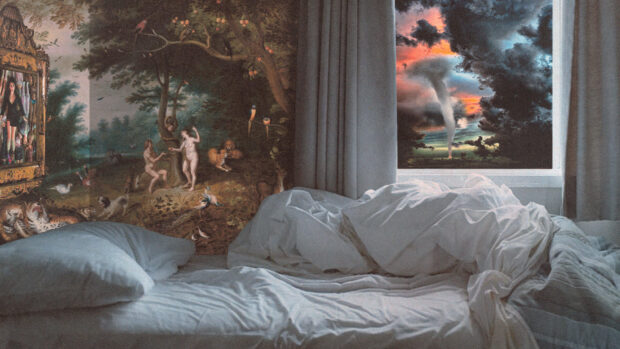
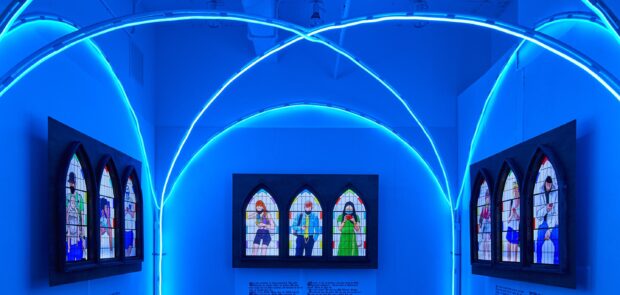
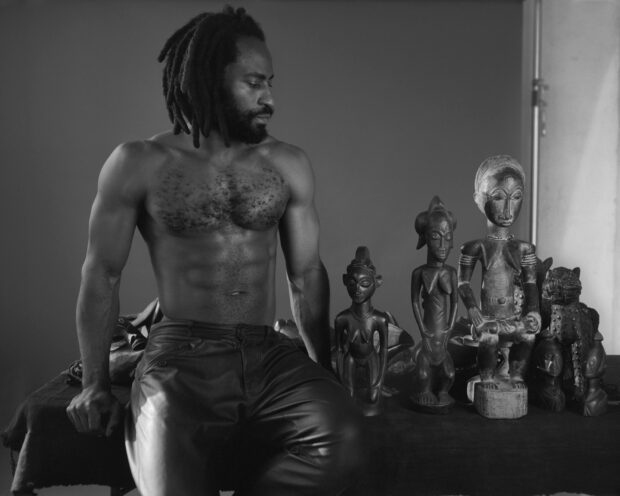
Be First to Comment